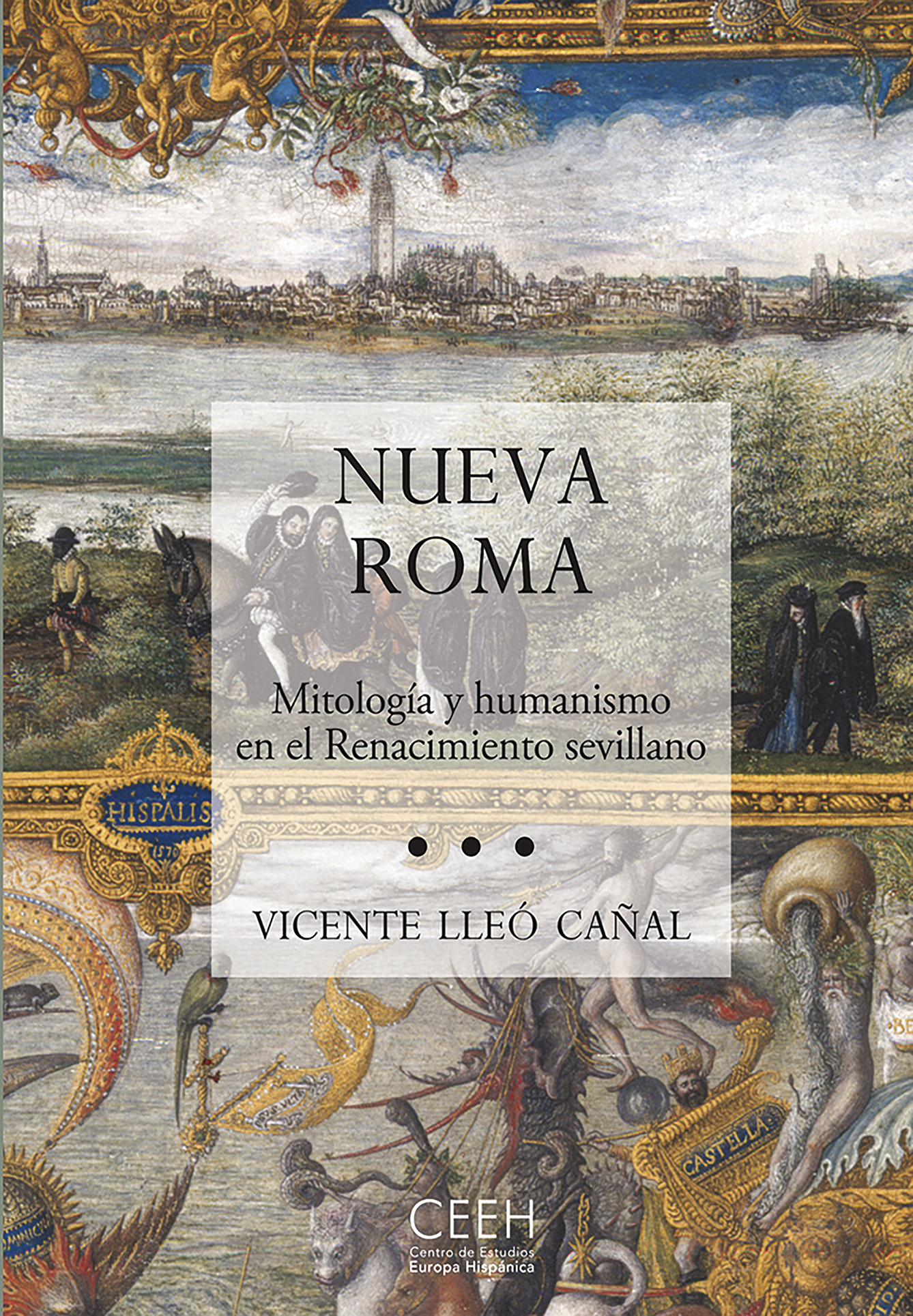Author
Vicente Lleó Cañal
Characteristics
344 pages; 126 color illustrations; flapped paperback; 17 x 24,5 cm
Publication
Spanish; with the collaboration of the Real Academia Sevillana de Buenas Letras; 2012
ISBN
978-84-15245-24-7
Price
€12,98
Buy on our site and save 5% on this book until April 30
(coupon code: DÍA DEL LIBRO)
In the course of the 16th century Seville received two royal visits of great significance: in 1526 that of the Emperor Charles V for his marriage to the princess Isabel of Portugal; in 1570 that of Philip II, who was in Andalusia after pacifying the rebellious Alpujarras. On both occasions, the city broke out in classicist galas displayed in a series of temporary architectural structures. By studying these decorative programmes one can learn the aspirations of Seville, which within a short period of time experienced a remarkable growth and a veritable metamorphosis.
From the time when in 1503 Seville was granted the monopoly of trade with the Indies and wealth began to flow in in enormous quantities, its ruling elites set out to bury the Moslem past under the myth of the New Rome, of a “Rome triumphant in spirit and greatness”, as Miguel de Cervantes described it. But those aspirations were overturned by the economic vicissitudes and social crisis of the last quarter of the 16th century, so that the dream of the New Rome turned into the New Babylon of Lope de Vega.
This book studies that metamorphosis of Seville, examining not only the festive decorations but other areas such as the development of dwelling-houses or of funerary monuments, and the transformation of the urban landscape. It does this by looking at the contemporary sources, both literary and documentary, and also various artistic works of the time.
New edition, corrected, enlarged, and lavishly illustrated, of a classic study.
Vicente Lleó Cañal (1947–2021) was professor of Art History at the University of Seville. He had been research assistant to Professor Sir John H. Elliott at the Princeton Institute for Advanced Study and visiting professor at the Michigan-Ann Arbor University and at the Center for Advanced Study in the Visual Arts of the National Gallery, Washington D.C. Prominent among his publications are the monographs Nueva Roma. Mitología y humanismo en el Renacimiento sevillano (1979, new ed. 2012), La Casa de Pilatos (1998) and El Alcázar de Sevilla (2002). He was a member of the Real Academia Sevillana de Buenas Letras and patron of the Foundation of the Ducal House of Medinaceli.

